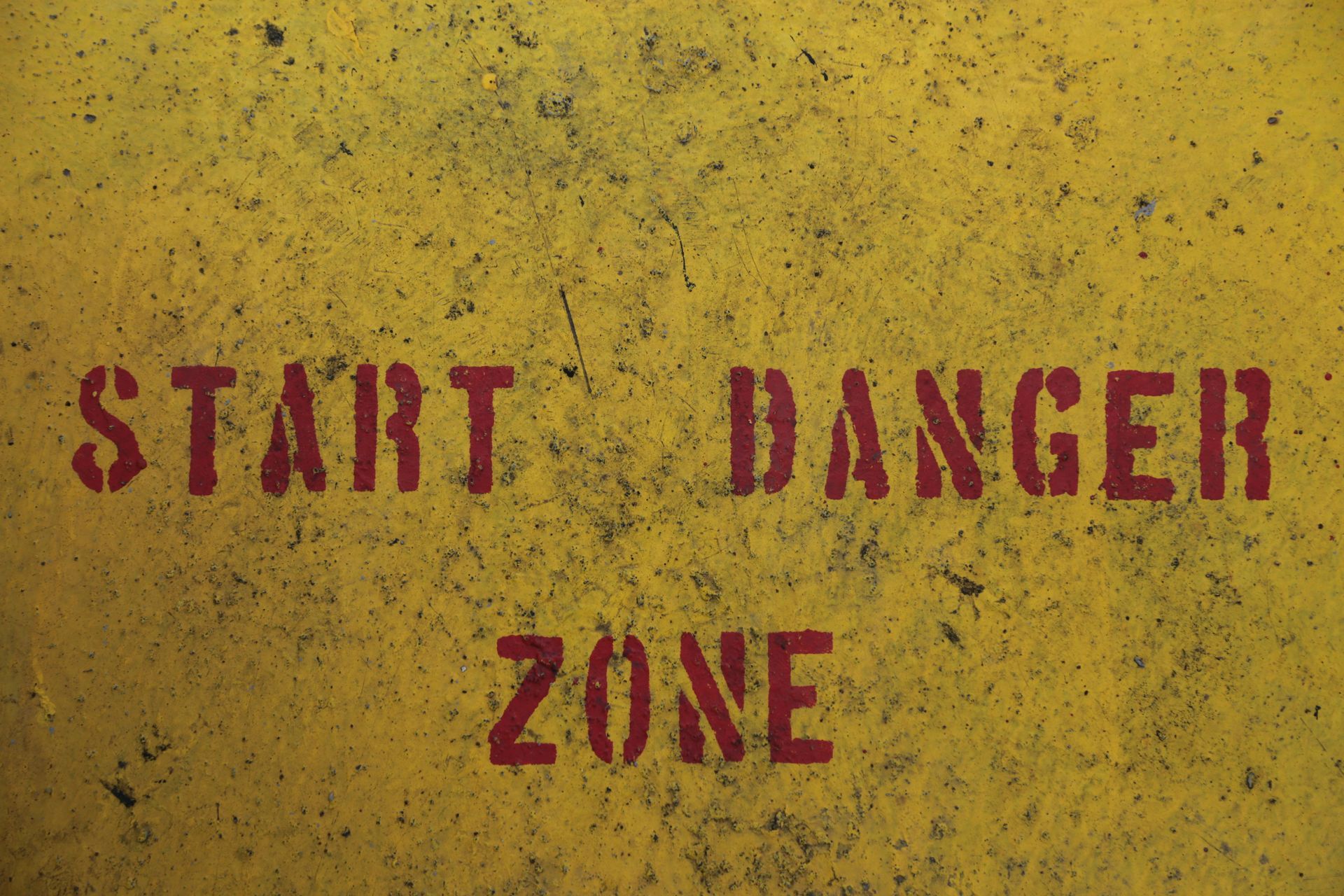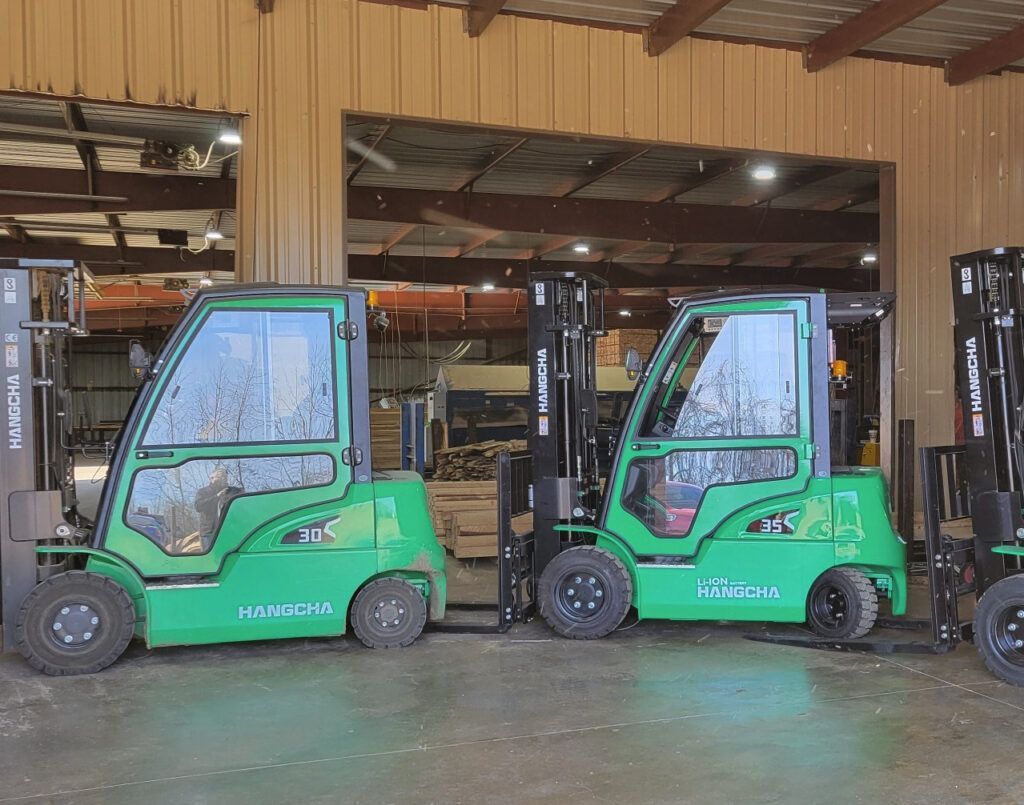Do You NEED a Bigger Warehouse? Questions to Ask Before Moving
NEED a Bigger Warehouse?
NEED a Bigger Warehouse?. Let’s face it: You don’t want to invest in a bigger warehouse. It’s a large expense, with a lot of time-consuming research beforehand, and a lot of costly moving and reorganization once you figure out where you’re going. Now, if the move is necessary for your business, then there’s no two ways about it: Get moving. But before you shift gears into moving mode, take some time to ensure that you’re making the most of your current space. There may be more possibilities in front of you than you realize.
Are you using all available space?
First and foremost, make sure that all of the usable space in your warehouse is actually being used. Have you ever been searching for a place in a parking lot, only to find one car parked just a bit too far to one side, effectively taking up two spaces? It’s only a matter of inches, but it can severely shrink your parking options. The same thing often happens in warehouses. By making sure warehouse racking is properly positioned, you can combine those nooks and crannies to make a whole new space for storage.
It’s also important to look inside the shelves themselves. Empty spaces may mean there are better ways to organize your inventory. And lastly, don’t forget to look up! Optimizing warehouse shelving means taking full advantage of vertical space.
Are you moving as efficiently as you can?
One reason you may be considering a bigger warehouse is that things are moving too slowly in your current location. Your staff feels like they’re on top of one another, and frequent traffic jams start to eat away at productivity. Often times, it’s possible to improve traffic flow by rearranging, rather than by adding space.
To do this, it’s important to understand how your warehouse works. You may have maximized your floor space, but that doesn’t mean you’ve optimized it. After all, all areas of a warehouse are not created equal. If heavily traveled areas are getting congested, while open space is sitting unused near less frequently visited locations of your warehouse, it may be possible to re-organize your warehouse setup in a way that prioritizes these high-traffic areas.
In some cases, you might need to spread out some of your inventory to give everyone a little breathing room. On the flip side, maybe what’s needed is to move key items closer together to reduce the number of trips required to fill orders. Lastly, consider adding to your team rather than your territory. A few new hires may be all you need to boost efficiency and get inventory moving smoothly.
Which products are building up?
It’s a good idea to periodically take a hard look at the inventory in your warehouse to ensure that the items you have are helping you collect cash, not sitting idle and collecting dust. If they are, it may be time to liquidate old items.
For the inventory that is moving, it is possible to have too much of a good thing. Take a look at your inventory management system to make sure that you’re ordering the right amounts. Extra inventory can help you cover unexpected demand, but contingency can be taken too far. If you’re keeping well above what you need on hand, then you’re eating up space and capital unnecessarily.
Finally, if seasonal items are weighing you down, consider temporary storage or smaller locations off-site to store these items in the off season.
If new warehouse racks are what you need to save you from buying a new warehouse, give Benco Industrial Equipment in St. Charles, MO a call toll free at 888-9-GOT-BENCO (888-946-8236).
The post Do You NEED a Bigger Warehouse? Questions to Ask Before Moving appeared first on Benco Industrial Equipment.




